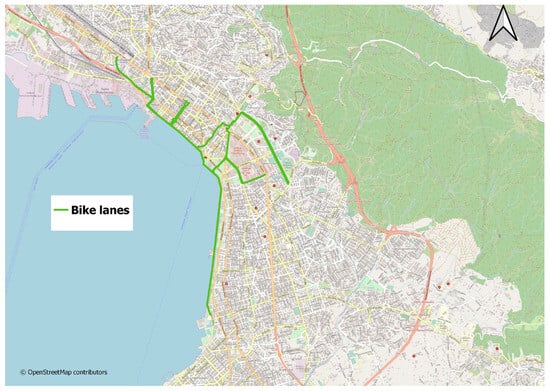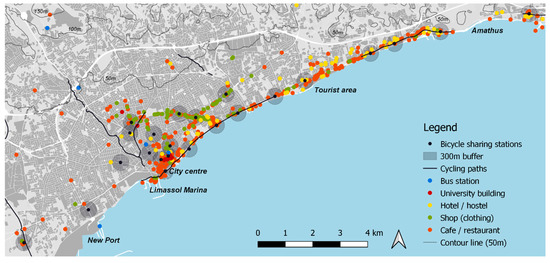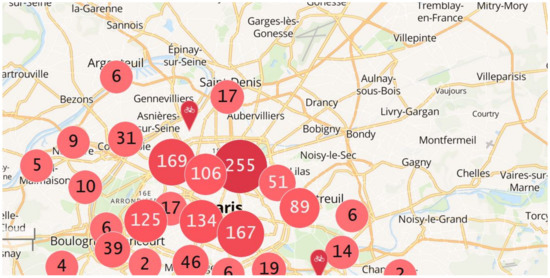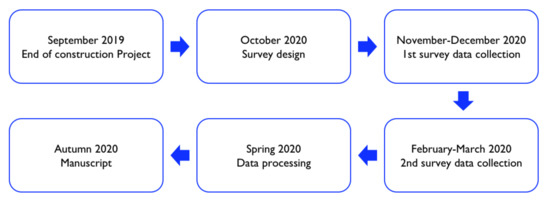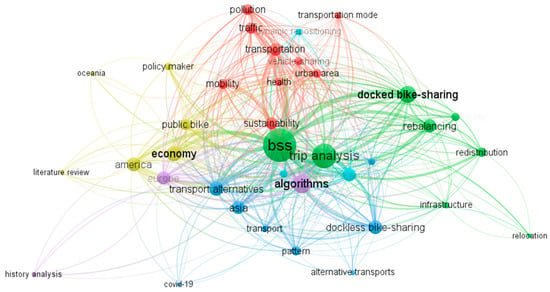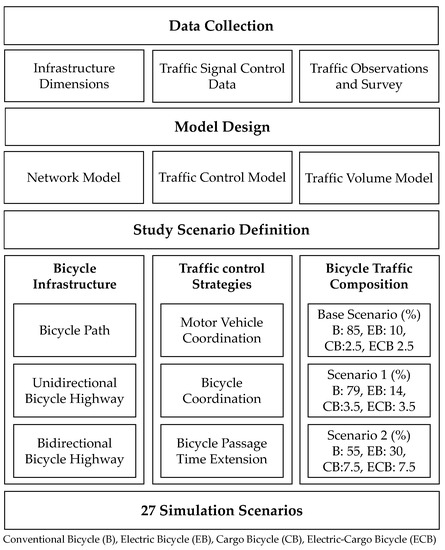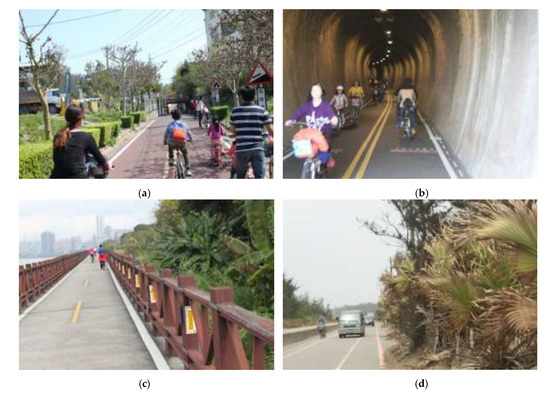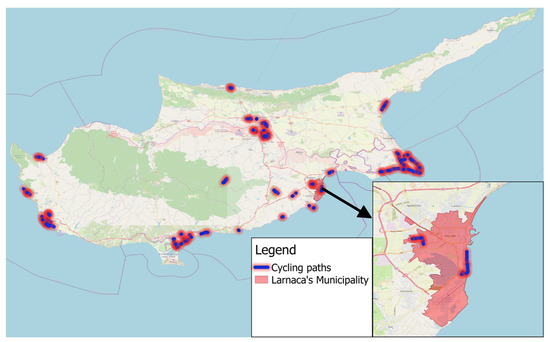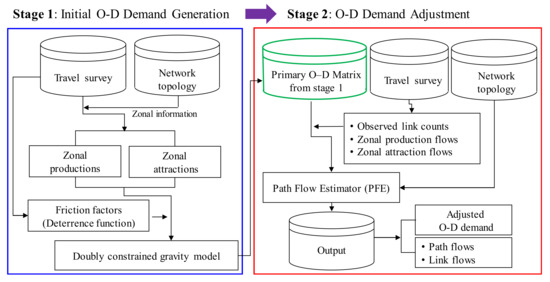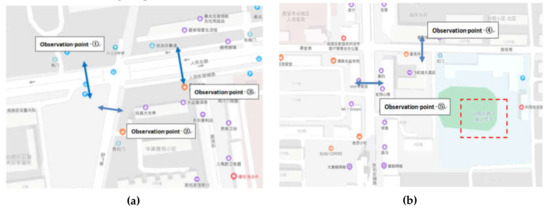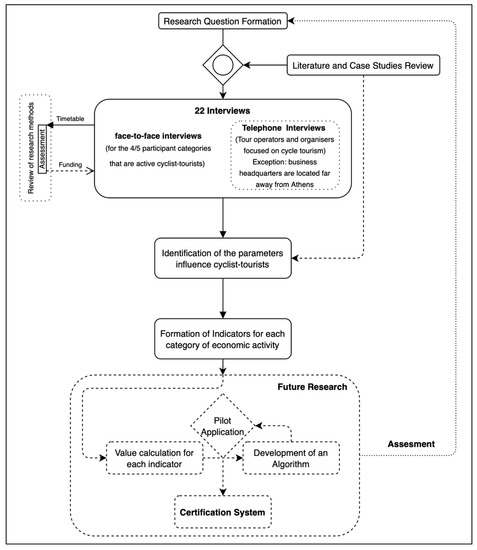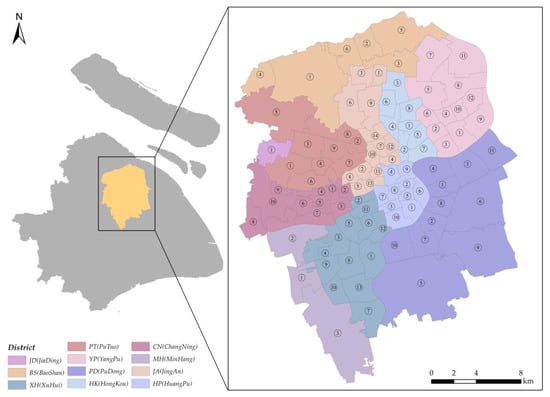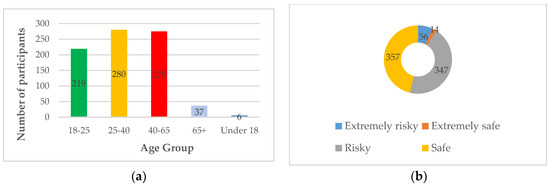Bicycling Today: Establishing and Learning from the State of the Art
A topical collection in Sustainability (ISSN 2071-1050). This collection belongs to the section "Sustainable Transportation".
Viewed by 77066Editors
Interests: sustainable transport; travel behaviour change; shared use mobility; active transport; bicycling; bike-sharing; connected and autonomous vehicles; MaaS
Interests: sustainable transport; bicycling; sharing; mobility
Special Issues, Collections and Topics in MDPI journals
Topical Collection Information
Dear Colleagues,
For decades, the automobile has redefined cities and societies reaching the status of urban development’s prime cornestone. Since car use has been linked with increased greenhouse gas emissions, local air and noise pollution, climate change, traffic accidents, chronic diseases, declines in physical activity and obesity, this era of car-dictated thinking needs to reach an end in favour of a ‘new day’ marked by a more balanced modal share.
One of the keys towards such a mobility paradigm transition is replacing a significant proportion of car trips with active transportation options. The fact that about half of all car trips are less than five miles underlines how critical, and potentially achievable, this ‘replacement’ task is for transport policymakers.
Cycling, a travel mode that typically allows road users to travel three to five times longer access distances than walking and access a 25 times larger area, should be central to this task, especially because of its potential to develop a symbiotic relationship with public transport through its capacity to provide flexible last mile services. Cycling is sustainable, energy-efficient, inexpensive and improves health and fitness and slowly but steadily, at least for some parts of the world, is regaining some momentum after being in the shadows of cars for too long. However, the establishement and promotion of bike-friendly planning, design, transport policy and infrastructure investments do not necessarily always replicate this trend. Research needs to demonstrate opportunities and challenges in nurturing a procycling ethos and support knowledge exchange of best practice lessons.
This Special Issue endeavours to create an interdisciplinary forum that will focus on cycling research advancements and welcomes papers that examine:
- the environmental, health and societal impact of cycling;
- cycling and travel behaviour in metropolitan, urban and rural areas;
- perceptions/attitudes reflecting and affecting cycling use and uptake;
- pro-cycling transport policies and interventions and their impact on cycling adoption and bike usage rates;
- case studies and best practice in bicycling;
- bike-sharing successes and failures (for station-based or dockless bike fleets);
- electric/pedal assisting bicycling usage and acceptance;
- synergies between cycling and public transport;
- synergies between cycling and walking;
- bicycling safety;
- cycling infrastructure and urban planning;
- cycling as a means of nurturing a more sustainable mobility ethos.
Dr. Alexandros Nikitas
Dr. Efthimios Bakogiannis
Collection Editors
Manuscript Submission Information
Manuscripts should be submitted online at www.mdpi.com by registering and logging in to this website. Once you are registered, click here to go to the submission form. Manuscripts can be submitted until the deadline. All submissions that pass pre-check are peer-reviewed. Accepted papers will be published continuously in the journal (as soon as accepted) and will be listed together on the collection website. Research articles, review articles as well as short communications are invited. For planned papers, a title and short abstract (about 100 words) can be sent to the Editorial Office for announcement on this website.
Submitted manuscripts should not have been published previously, nor be under consideration for publication elsewhere (except conference proceedings papers). All manuscripts are thoroughly refereed through a single-blind peer-review process. A guide for authors and other relevant information for submission of manuscripts is available on the Instructions for Authors page. Sustainability is an international peer-reviewed open access semimonthly journal published by MDPI.
Please visit the Instructions for Authors page before submitting a manuscript. The Article Processing Charge (APC) for publication in this open access journal is 2400 CHF (Swiss Francs). Submitted papers should be well formatted and use good English. Authors may use MDPI's English editing service prior to publication or during author revisions.
Keywords
- Cycling
- Bicycling
- Electric bicycles
- Pedal assisting bicycles
- Bike-sharing
- Public bicycles
- Transport policy
- Travel behaviour






